Introduction
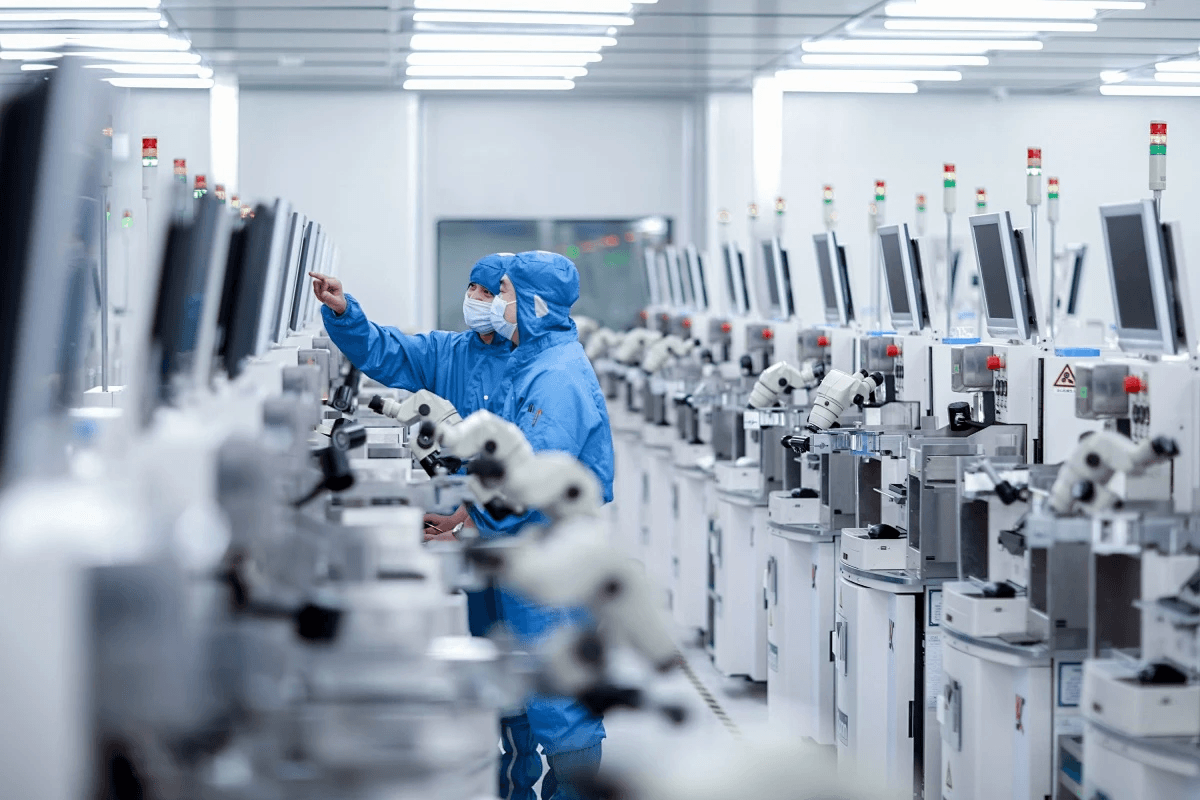
In the fast-paced world of electronics, understanding the role of a PCB pick and place machine is crucial for anyone involved in circuit board manufacturing. These machines are at the heart of automated assembly processes, ensuring that components are placed accurately and efficiently on printed circuit boards (PCBs). As we delve into the intricacies of what pick and place machines do, it becomes apparent that their functionality significantly impacts PCB quality and production speed.
Understanding the Role of Pick and Place Machines
So, what is pick and place in PCB manufacturing? At its core, this technology automates the process of placing electronic components onto a PCB with precision. By utilizing advanced robotics and vision systems, a pick and place machine can handle various components—ranging from tiny resistors to larger capacitors—ensuring they are positioned correctly for subsequent soldering processes.
Why PCB Design Matters
The design of a PCB directly influences how effective a pick and place machine will be during assembly. A well-thought-out design ensures that components fit seamlessly into their designated spots, allowing for optimal placement by these machines. Consequently, investing time in high-quality PCB design not only enhances functionality but also streamlines the entire manufacturing process.
Overview of Bensun Technology's Offerings
Bensun Technology stands out among SMT pick and place machine manufacturers by offering innovative solutions tailored to meet diverse production needs. Their range includes various models designed to accommodate different scales of operation while maintaining competitive pcb pick and place machine prices. With Bensun's commitment to quality and customization options, partnering with them can elevate your PCB production capabilities to new heights.
What is a Pick and Place Machine?
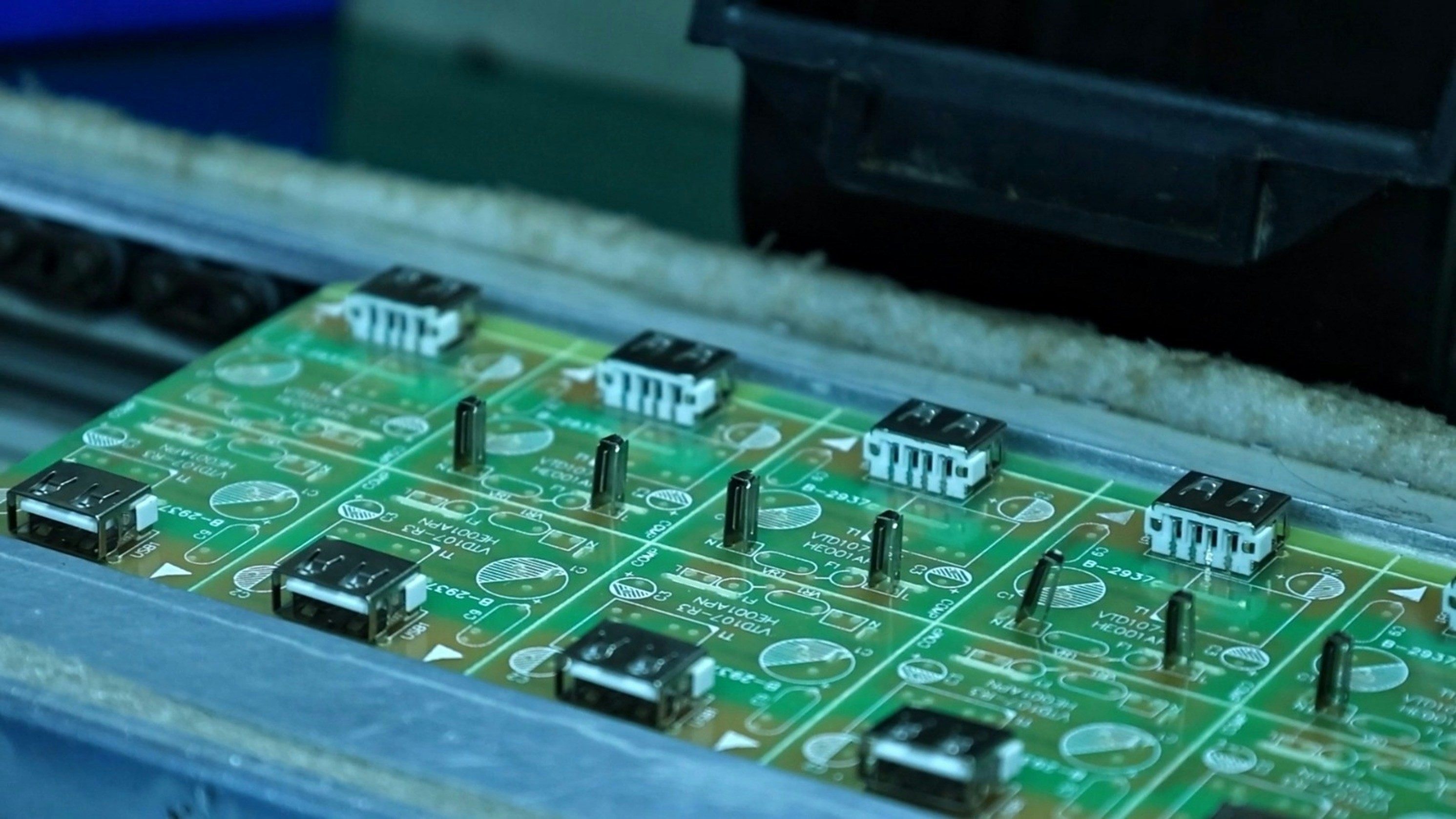
In the world of electronics manufacturing, the PCB pick and place machine holds a pivotal role. This sophisticated device automates the assembly process by accurately placing electronic components onto printed circuit boards (PCBs). But what exactly is a pick and place machine in PCB production? Let's dig deeper into its definition, components, and importance.
Defining the PCB Pick and Place Machine
A PCB pick and place machine is an automated robotic system designed to position electronic components on a circuit board with high precision. It operates by picking up components from their packaging using suction or mechanical grippers and placing them onto designated spots on the PCB. So, what does a pick and place machine do? Essentially, it streamlines the assembly process, reducing human error while increasing efficiency in high-volume production environments.
Key Components of the Mechanism
The mechanism of a typical pick and place machine consists of several key components that work in harmony to achieve precise placement. These include an intuitive vision system that identifies component orientation, robotic arms that maneuver with agility, and feeders that supply components reliably for continuous operation. Understanding these elements is crucial for anyone considering investing in a PCB pick and place machine; after all, knowing how they function can help you appreciate their value when evaluating options from various SMT pick and place machine manufacturers.
Importance in Circuit Board Manufacturing
The importance of pick and place machines in circuit board manufacturing cannot be overstated. They enhance production speed while maintaining accuracy—qualities essential for meeting market demands where time-to-market can make or break a product launch. Moreover, as technology advances, many manufacturers are realizing that investing in these machines not only improves efficiency but can also lead to significant cost savings over time when considering factors like pcb pick and place machine price versus labor costs.
What Does a Pick and Place Machine Do?
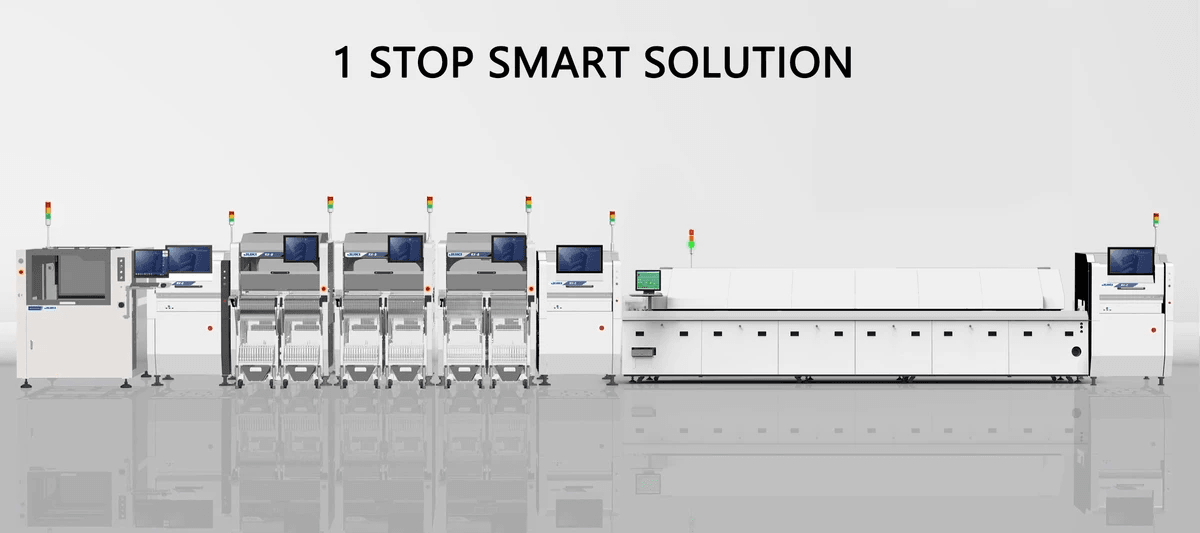
The PCB pick and place machine is a marvel of modern manufacturing, playing a crucial role in the assembly of printed circuit boards (PCBs). Understanding what does a pick and place machine do reveals its significance in the electronics industry. This sophisticated equipment automates the placement of components onto PCBs with remarkable precision, streamlining the entire assembly process.
Assembly Process Explained
At its core, the assembly process using a PCB pick and place machine involves several key steps. First, it identifies components from a feeder system, which may include resistors, capacitors, or integrated circuits. Then, it uses suction cups or mechanical grippers to pick these components and accurately place them onto designated locations on the PCB—making it an essential tool for efficient production.
What is pick and place in PCB manufacturing? It’s all about speed and accuracy. By automating this aspect of assembly, manufacturers can significantly reduce labor costs while increasing output rates—ensuring that they meet market demands without compromising quality.
Efficiency in PCB Production
Efficiency is paramount in any production environment, especially when dealing with high-volume electronics manufacturing. The use of a pick and place machine dramatically enhances throughput by minimizing human error and maximizing speed during assembly operations. With advanced algorithms guiding their movements, these machines can achieve placements at astonishing rates—often exceeding thousands of components per hour.
When considering pcb pick and place machine price factors, it's essential to understand that investing in such technology pays off quickly through increased efficiency. SMT pick and place machine manufacturers are constantly innovating to create faster models that help businesses stay competitive while keeping production costs down.
Quality Control Through Precision
Precision is another hallmark of what does a pick and place machine do effectively; it ensures that every component is placed exactly where it needs to be on the circuit board. This level of accuracy not only contributes to functionality but also reduces defects during soldering processes—whether manual or automated—and enhances overall product reliability.
Moreover, many modern machines incorporate vision systems for real-time quality control checks during placement operations. These systems can detect misalignments or incorrect component placements instantly—providing manufacturers with peace of mind that their products meet stringent quality standards before moving on to soldering processes or final testing phases.
In summary, understanding how the pcb pick and place machine operates sheds light on its vital contributions to efficient production workflows while maintaining high-quality standards throughout the manufacturing process.
Do Pick and Place Machines Solder?

When it comes to the world of PCB manufacturing, many enthusiasts and professionals alike often wonder, Do pick and place machines solder? The answer is both yes and no, depending on how you look at it. While a pcb pick and place machine primarily focuses on positioning components accurately onto a circuit board, soldering is typically handled by other specialized equipment in the surface mount technology (SMT) process.
Soldering Techniques Utilized
In modern PCB assembly lines, various soldering techniques complement the work of the pick and place machine. One common method is reflow soldering, where pre-applied solder paste is melted to create strong electrical connections after placement. Another technique involves wave soldering for through-hole components; however, this method is less common for SMT applications where the focus lies on efficiency and precision—qualities that make what is pick and place in PCB so effective.
The integration of these techniques ensures that once the pick and place machine has done its job—placing components with pinpoint accuracy—the next step can seamlessly follow without any hiccups. This synergy between processes enhances overall production speed while maintaining high quality standards in PCB manufacturing.
Integration with Other SMT Equipment
To achieve optimal results in PCB assembly, a pcb pick and place machine usually works hand-in-hand with other SMT equipment. For instance, after a pick and place machine positions components onto a board, it often sends them directly to an oven for reflow soldering or to selective soldering machines for precise applications. This integration not only streamlines production but also minimizes human intervention—reducing errors that could arise from manual handling.
Moreover, many SMT pick and place machine manufacturers offer complete solutions that include everything from stencil printers to inspection systems—all designed to work together efficiently. By ensuring compatibility among these devices, manufacturers can create an automated assembly line capable of producing high-quality PCBs at scale.
Benefits of Automated Soldering
Automated soldering brings several advantages over traditional methods that rely heavily on manual labor. First off, it significantly reduces labor costs associated with skilled technicians performing delicate tasks like hand-soldering components onto PCBs. Additionally, the precision offered by automated systems ensures consistent quality across all produced boards—a crucial factor when dealing with complex electronic devices.
Another major benefit lies in speed; automated soldering techniques can drastically cut down production times compared to manual methods. When combined with an efficient pcb pick and place machine setup, manufacturers can expect increased throughput while maintaining competitive pricing—an essential consideration given fluctuating pcb pick and place machine prices in today's market.
In summary, while the question Do pick and place machines solder? might seem straightforward at first glance, it opens up discussions about broader processes involved in PCB manufacturing today—highlighting just how vital each piece of equipment truly is within this intricate puzzle.
The Pick and Place Mechanism Explained
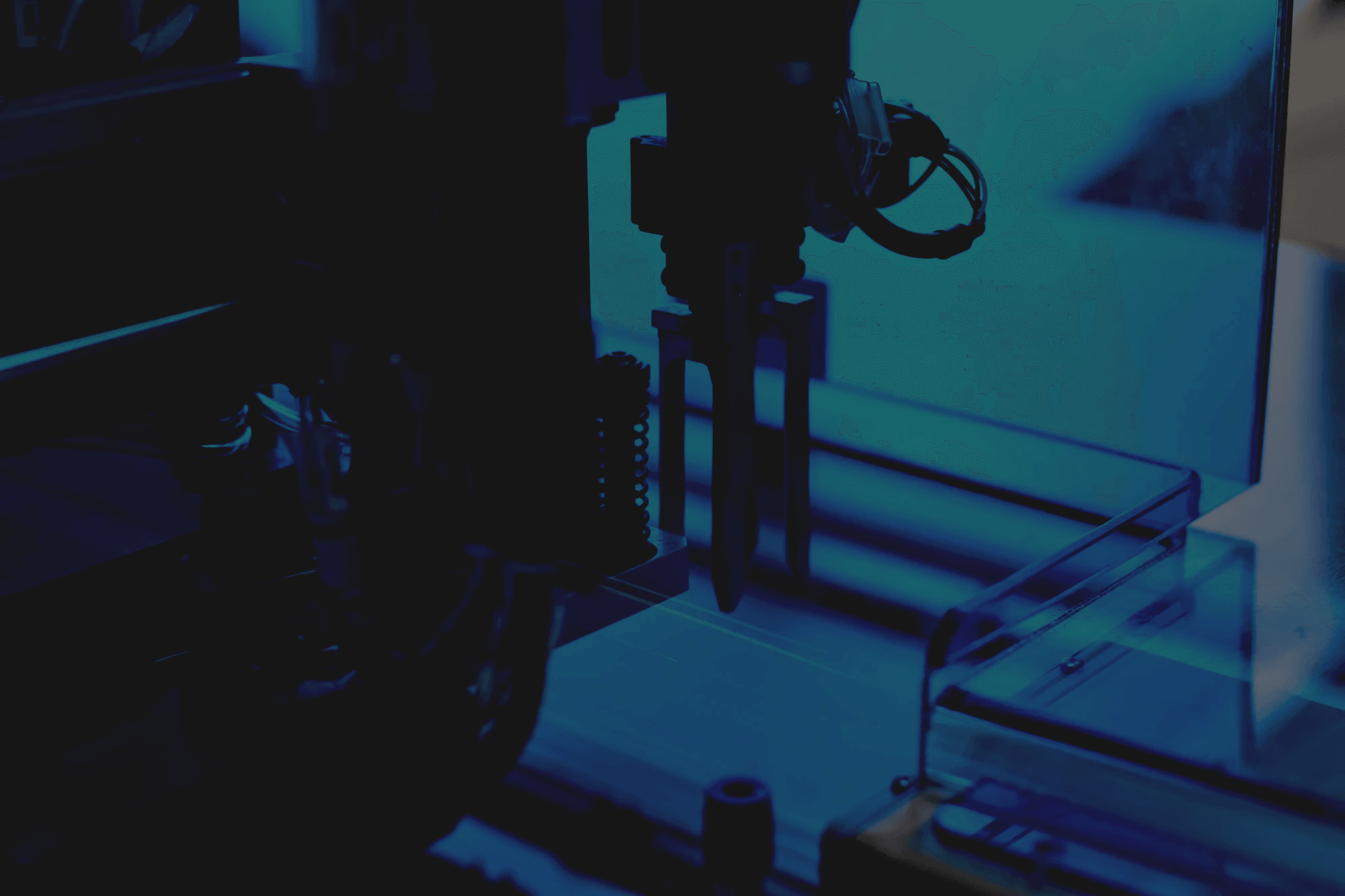
Understanding the pick and place mechanism is crucial for anyone involved in PCB manufacturing. This intricate system is responsible for accurately positioning electronic components onto circuit boards, ensuring both efficiency and precision. Let’s dive into how this mechanism operates, explore different types of technologies, and highlight some exciting innovations shaping its future.
How the Mechanism Operates
At its core, the pcb pick and place machine utilizes a combination of mechanical arms, suction cups, and advanced software to perform its tasks. The process begins with the machine identifying the components on a reel or tray, using vision systems to ensure correct identification. Once located, these components are picked up using precise movements and placed onto designated spots on the PCB with remarkable accuracy.
The operation of a pick and place machine is not just about speed; it’s also about maintaining high standards of quality control throughout production. By leveraging sophisticated algorithms, these machines can adapt their movements based on real-time feedback from sensors. This ensures that even during high-speed operations, each component is placed correctly—minimizing errors that could lead to costly rework or failures.
Types of Pick and Place Technologies
There are several types of pick and place technologies available in today's market catering to various needs in PCB assembly. For instance, there are gantry-style machines known for their precision over large areas while others employ SCARA (Selective Compliance Assembly Robot Arm) technology for faster operations in compact spaces. Each type has its own strengths depending on factors such as production volume requirements or available workspace.
Another popular option includes hybrid machines combining multiple technologies to enhance flexibility in handling different component sizes and shapes. These SMT pick and place machines can seamlessly switch between placing small chip components to larger connectors without missing a beat—an essential feature as product designs become more complex. Understanding what is pick and place in PCB manufacturing helps manufacturers choose the right technology tailored to their specific needs.
Innovations in Mechanism Design
Innovation continues to drive advancements within the realm of pcb pick and place machines—making them faster, smarter, and more efficient than ever before. Recent developments include enhanced vision systems that utilize artificial intelligence (AI) algorithms for improved accuracy in component recognition while reducing cycle times dramatically compared to older models.
Moreover, advancements in automation have led to fully integrated systems that streamline operations from loading materials through final inspection—all managed by intuitive software interfaces designed for user-friendliness without sacrificing functionality. As manufacturers evaluate pcb pick and place machine price options against performance capabilities, these innovative designs often justify higher investments due to long-term savings achieved through increased productivity.
In summary, understanding what does a pick and place machine do goes beyond just placement; it encompasses how innovative mechanisms evolve continuously within this industry landscape—enhancing overall efficiency while ensuring quality remains uncompromised.
Choosing the Right Machine for Your Needs
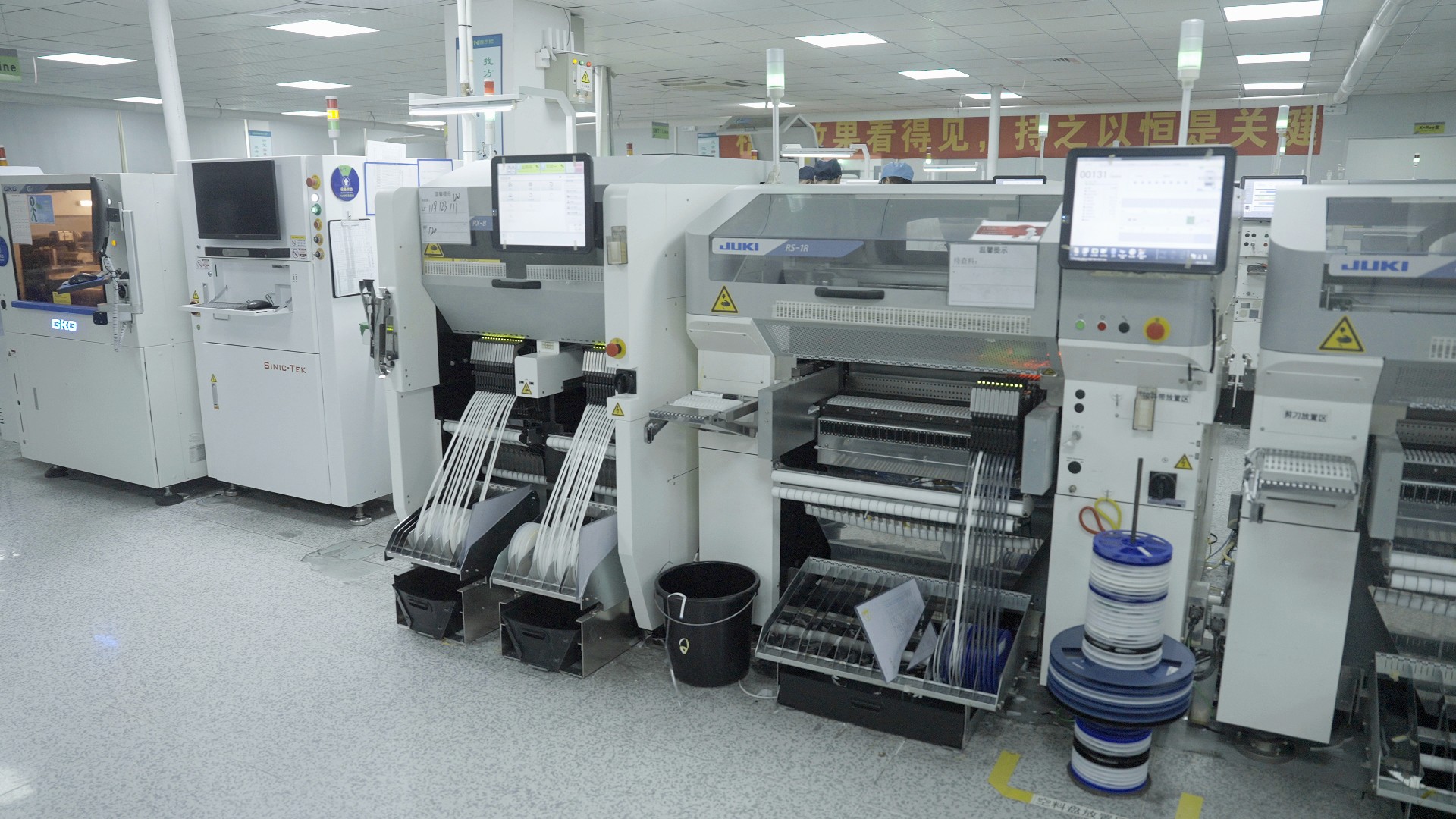
Selecting the right PCB pick and place machine is crucial for optimizing your production line and ensuring quality output. With a variety of options available, understanding what influences the price, how to compare manufacturers, and the customization opportunities can make all the difference in your investment. This section will guide you through these essential considerations.
Factors Influencing PCB Pick and Place Machine Price
When it comes to pcb pick and place machine price, several factors come into play that can significantly affect your budget. Firstly, the machine's specifications—including speed, precision, and component handling capabilities—are paramount; higher-end models with advanced features tend to command a premium price. Additionally, brand reputation and manufacturer support can also influence costs; machines from well-established SMT pick and place machine manufacturers often come with a higher price tag due to their reliability and customer service.
Another factor is the level of automation included in the system; fully automated machines typically cost more than semi-automated versions but can lead to greater long-term savings through increased efficiency. Furthermore, consider maintenance costs over time—investing in a robust machine may save you from frequent repairs that could disrupt production schedules. Ultimately, weighing these factors against your production needs will help you find a machine that fits both your operational requirements and budget constraints.
Comparing SMT Pick and Place Machine Manufacturers
Navigating through various SMT pick and place machine manufacturers can feel like finding a needle in a haystack if you're not sure what to look for. Start by assessing each manufacturer's reputation in terms of quality control standards; reviews from industry peers can provide invaluable insights into performance reliability. Additionally, consider their customer service offerings—do they provide training or technical support? A manufacturer that stands behind its product with solid after-sales service is worth its weight in gold.
Next up is innovation: look for companies that are continuously updating their technology or enhancing their machines' capabilities with modern software solutions or improved mechanisms. This ensures you're investing in equipment that won't be outdated anytime soon as technology progresses rapidly in this field. Finally, don't overlook pricing comparisons—while cheaper options may be tempting initially, they might lack essential features or durability compared to slightly higher-priced alternatives.
Customization Options from Bensun Technology
Bensun Technology stands out by offering extensive customization options for those looking into purchasing a pcb pick and place machine tailored specifically to their needs. Whether it’s adjusting component feeders or integrating specialized software for unique assembly processes, Bensun ensures flexibility without compromising on quality or performance standards. Their team works closely with clients to understand specific requirements—from small-scale operations needing compact solutions to large manufacturers requiring high-speed assembly lines.
Moreover, Bensun provides an array of additional features such as vision systems for enhanced accuracy during placement—a critical aspect when considering what does a pick and place machine do? By choosing customized solutions from Bensun Technology, businesses not only enhance productivity but also ensure compatibility with existing manufacturing setups while maximizing return on investment over time.
Conclusion
In the ever-evolving world of electronics, the significance of a reliable PCB pick and place machine cannot be overstated. These machines are pivotal in enhancing the quality of printed circuit boards (PCBs), ensuring that components are placed accurately and efficiently. As we wrap up our exploration, it’s clear that understanding what is pick and place in PCB manufacturing is essential for anyone aiming to stay competitive in this industry.
Impact of Pick and Place on PCB Quality
The impact of a pick and place machine on PCB quality is profound. By utilizing advanced precision technology, these machines guarantee that every component is positioned with utmost accuracy, which directly influences the functionality and reliability of the final product. Moreover, with their ability to minimize human error during assembly, manufacturers can achieve higher yields and reduce waste—an essential factor when considering pcb pick and place machine price.
Future Trends in PCB Manufacturing
Looking ahead, future trends in PCB manufacturing will likely see even greater integration of automation technologies, including AI-driven processes for improved efficiency. As manufacturers continue to seek ways to enhance production speed while maintaining quality, innovations such as smart pick and place machines will become increasingly commonplace. The question “Do pick and place machines solder?” may evolve into discussions about fully automated systems that not only assemble but also solder components seamlessly.
Partnering with Bensun Technology for Success
Partnering with Bensun Technology offers a strategic advantage for businesses looking to invest in high-quality SMT pick and place machines. With a commitment to innovation, Bensun provides customizable options tailored to specific production needs while maintaining competitive pricing among other SMT pick and place machine manufacturers. By choosing Bensun Technology as your partner, you can ensure that your operations not only keep pace with industry advancements but also set new standards for excellence.
